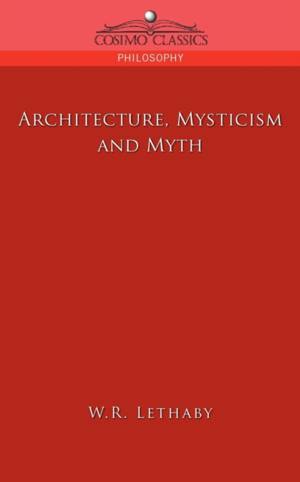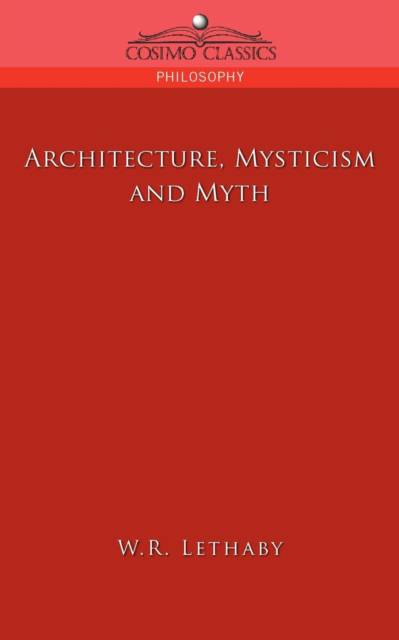
- Afhalen na 1 uur in een winkel met voorraad
- Gratis thuislevering in België vanaf € 30
- Ruim aanbod met 7 miljoen producten
- Afhalen na 1 uur in een winkel met voorraad
- Gratis thuislevering in België vanaf € 30
- Ruim aanbod met 7 miljoen producten
Zoeken
Omschrijving
The perfect temple should stand at the centre of the world, a microcosm of the universe fabric, its walls built four square with the walls of heaven. And thus they stand the world over, be they Egyptian, Buddhist, Mexican, Greek, or Christian, with the greatest uniformity and exactitude. -from "Chapter III: Four Square" With a wide-ranging scholarship that is astonishing, a prominent figure of the Arts and Crafts design movement explores the "esoteric principles of architecture," the global, interconnected myths that underlie all the structures we build. Through his architect's eye, Lethaby looks at such diverse traditions as the ancient Norse and ancient Egyptian and at the inspiration provided by everything from the sea voyages of the Phoenicians to the astronomy of the earliest Persians, demonstrating how they inform and inspire such wonders as St. Paul's Cathedral, the Taj Mahal, the Palace at Versailles, and others. This 1891 work is a masterpiece of architectural symbolism and an essential foundation for understanding and appreciating "classical" design. British architect WILLIAM RICHARD LETHABY (1857-1931) was the first professor of design at the Royal College of Art. He also wrote Greek Buildings (1908), Mediaeval Art (1912), and Architecture (1912).
Specificaties
Betrokkenen
- Auteur(s):
- Uitgeverij:
Inhoud
- Aantal bladzijden:
- 288
- Taal:
- Engels
Eigenschappen
- Productcode (EAN):
- 9781596053809
- Verschijningsdatum:
- 1/12/2005
- Uitvoering:
- Paperback
- Formaat:
- Trade paperback (VS)
- Afmetingen:
- 127 mm x 203 mm
- Gewicht:
- 312 g

Alleen bij Standaard Boekhandel
+ 46 punten op je klantenkaart van Standaard Boekhandel
Beoordelingen
We publiceren alleen reviews die voldoen aan de voorwaarden voor reviews. Bekijk onze voorwaarden voor reviews.











